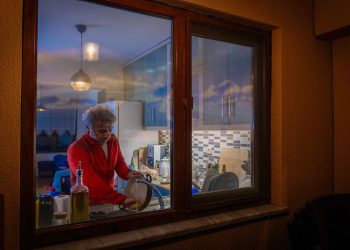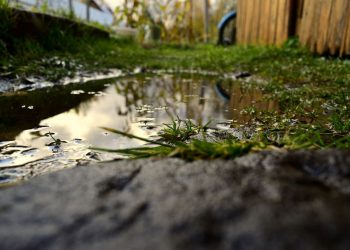Protecting the planet and saving money are top priorities for people around the world. The average household throws away large amounts of organic waste that could be used to make compost. Composting can have a significant environmental and financial impact and is easy to do.
How Composting Can Help Protect the Environment and Save Money
Chemical fertilizers that are often used in agriculture provide crops with nutrients over a short period of time, which can be harmful to plants, while compost releases nutrients gradually. The nutrients in compost reduce the risk of diseases and pests affecting plants. Compost encourages the growth of bacteria and fungi that break down organic material and produce humus, a material filled with nutrients.
Compost provides soil with a wider range of nutrients than chemical fertilizers, which can help soil remain fertile longer. Compost can make soil more stable, help it retain moisture, and improve drainage and air circulation.
Meanwhile, organic material can react with metal in landfills and pollute groundwater. Vehicles that are used to transport waste to landfills release carbon dioxide, and organic material that breaks down in a landfill releases methane. Carbon dioxide and methane are both greenhouse gases that contribute to climate change.
By using organic waste for compost instead of transporting it to landfills, the emissions and financial costs to collect trash and transport it to landfills are reduced. In addition, the life of a landfill is extended. Making your own compost at home means you won’t have to buy chemical fertilizers and will have lower water bills since the soil will retain more water.
How to Make Compost
A compost pile should have equal parts brown material, which includes dead leaves, branches, and twigs, and green material, such as grass clippings, fruit and vegetable waste, and coffee grounds, as well as water. Brown materials provide carbon, and greens provide nitrogen. Water helps the organic material break down.
To create compost, choose a dry, shady area near a hose or other water source. As you collect brown and green materials, add them to the pile. Cut up large pieces if necessary. Moisten any dry materials to help them break down. Mix in green materials and bury fruit and vegetable scraps under 10 inches of compost. Regularly mix the compost, and cover it with a tarp. The compost will be ready to use when the material on the bottom has a dark, rich color.
Recognize the Benefits of Composting
The average family throws away a tremendous amount of organic waste that collectively contributes to environmental damage and has huge financial costs. Composting can be beneficial to both the environment and your wallet. Instead of disposing of organic material in the trash, put it to good use by turning it into nutrient-rich compost.











